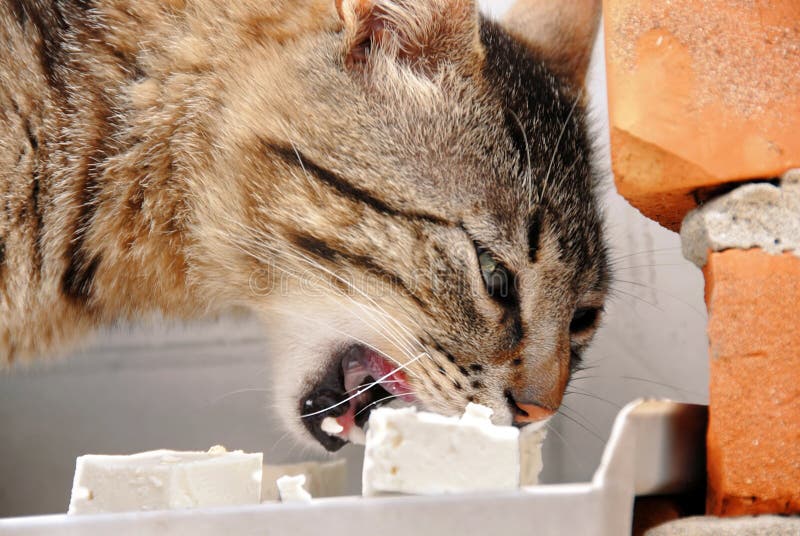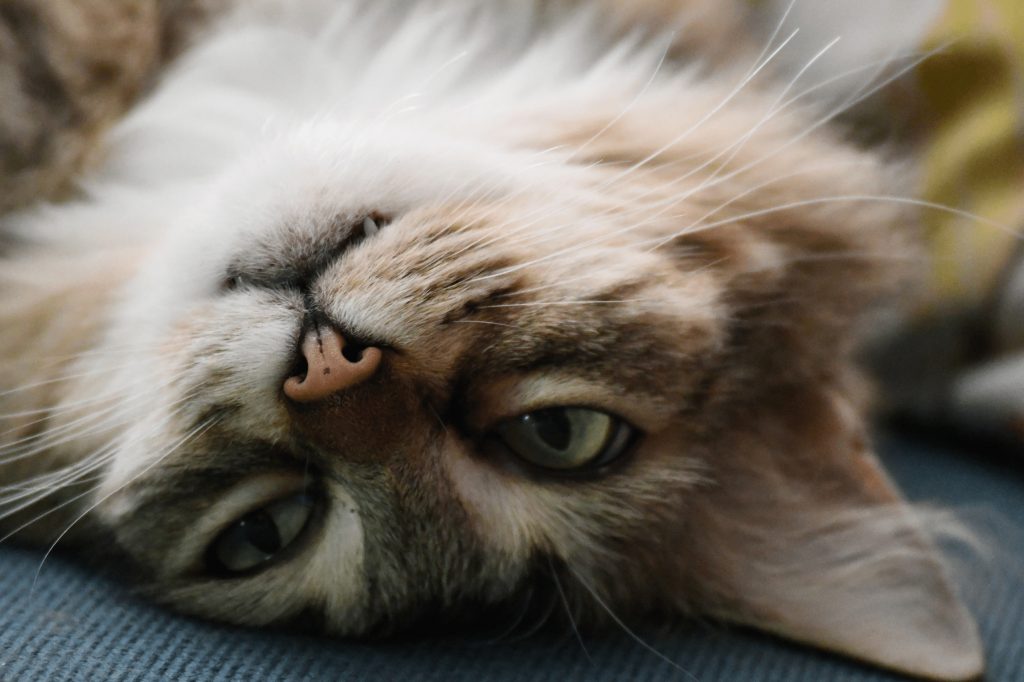When These Feral Kittens Leave Their Mothers

Hey there, curious cat lovers! Have you ever wondered about the fascinating world of feral kittens and When Feral Kittens Leave Their Mothers? These little furballs are born wild and untouched by human hands. They rely on their incredible mothers, known as feral cats, to guide them through the challenges of the wild until they’re ready to face it alone. So, let’s delve into the exciting topic of when these adorable feral kittens leave their mothers, shall we?
When Do Feral Kittens Leave Their Mothers
Feral kittens typically leave their mothers and become independent between 8 and 12 weeks of age. During this time, they go through a crucial stage of socialization and learning from their mother and littermates. They develop important skills, such as hunting, grooming, and social interaction.
The exact timing can vary based on factors like food availability, potential dangers, and the kittens’ overall health and development.
It’s important to note that feral kittens may require human intervention and socialization efforts if they are to be domesticated and adopted as pets.
Also Read: Can Australian Shepherds and Cats be Friends?
The Role of the Mother Cat in Raising Feral Kittens
Picture this: a proud mama cat with her tiny, squirming kittens nestled closely together. Mama Cat is not just a loving caretaker but a superhero in disguise! From the moment those little fluff balls are born, she provides them with warmth, protection, and milk-filled bellies.
But it doesn’t stop there! Mama Cat is also their first teacher, showing them the ropes of survival. She teaches them how to pounce on imaginary prey, groom their fur to perfection, and interact with their siblings. In her paws, they develop essential life skills.
Also Read: How Long Will a Cat Hide if Scared Outside
The Weaning Process and Its Significance
Now, let’s talk about the transition from milk to munchies! As feral kittens grow, their tiny teeth start itching for something more substantial than milk. That’s where the weaning process comes in.
Mama Cat gradually introduces them to the wonders of solid food. It’s an exciting and messy time! She encourages her little ones to take a nibble, fostering their independence.
Weaning not only provides the necessary nutrition but also teaches them to fend for themselves, a crucial step toward becoming self-reliant.
Best Food For Cats to Eat to Avoid Food Poisoning
Developmental Milestones for Independence
Time flies, and those tiny kittens grow up faster than you can say “meow”! As they mature, they reach important milestones that signal their readiness for independence. They start venturing beyond their cozy nest, exploring their surroundings with wide-eyed wonder.
Playtime becomes a serious business as they pounce, leap, and wrestle with their littermates. Their coordination and strength improve day by day. These brave explorers show us that they’re almost ready to take on the world on their own furry terms.
Typical Age Range for Feral Kittens to Leave Their Mother
Drumroll, please! Generally, feral kittens start their solo journey between the ages of eight and twelve weeks. At this point, they’ve mastered the art of solid food and litter box usage. They’ve become little individuals, capable of taking charge of their own lives. Remember, though, that each kitten is unique, and some may need a bit more time before they’re ready to face the world independently.
Observing Signs of Independence in Feral Kittens
As these kittens grow more independent, they show signs that they’re ready to embark on their own adventures. You’ll notice them exploring their surroundings with newfound courage.
Mama Cat’s milk bar becomes less crowded as they begin to rely less on her for nourishment. They engage in playful shenanigans with their littermates, honing their social skills. These signs of independence warm our hearts, as we witness the growth of resilient little souls.
Dangers and Challenges Faced by Feral Kittens When Leaving Their Mother
Leaving the safety and comfort of their mother exposes feral kittens to a world full of challenges and dangers. They must learn to navigate unfamiliar territories, find food, avoid predators, and establish their place in the feral cat community.
It’s a wild ride, and without proper guidance and support, their survival and well-being could be at risk. But fear not! There are ways we can lend a helping hand.
Potential Human Intervention and Assistance
Sometimes, these brave little souls need a little help from their human friends. Organizations and kind-hearted individuals dedicated to feral cat welfare can make a difference. They may implement trapping, neutering, and releasing programs to manage feral populations.
Some may foster and socialize feral kittens, preparing them for potential adoption into loving homes. Our intervention can provide them with a fighting chance for a better life.
Once these kittens have ventured out on their own, their well-being remains a top priority. We can continue to support them by providing food, water, and safe shelters in well-managed feral cat colonies.
For those lucky enough to be socialized, finding suitable adoptive homes is a cause for celebration. Additionally, spaying and neutering programs help control the feral cat population, preventing further challenges for these resilient felines.
How Do Stray Kittens Survive in the Wild? Adapting to Life without a Mother
Surviving in the wild without a mother’s guidance is no easy feat for stray kittens. However, these resilient little creatures have remarkable instincts that kick into gear. They rely on their natural hunting abilities and learn to find food sources such as small rodents, and birds, or even scavenge for scraps.
They adapt to their surroundings, seeking shelter in hidden nooks, abandoned buildings, or dense vegetation. While it can be challenging, their survival instincts and resourcefulness help them navigate their new independent lives.
How Often Do Feral Cats Move Their Kittens? Exploring Nest Relocation Patterns
Feral cats are known to be cautious and protective mothers, and part of that includes occasionally relocating their kittens. This behavior serves multiple purposes, such as keeping their kittens safe from predators or disturbances.
The frequency of nest relocations can vary, but it typically happens during the first few weeks after birth. The mother cat may choose new hiding spots, often secluded and hidden, to ensure the safety and well-being of her precious offspring.
These moves help reduce the likelihood of predators discovering the nest and provide a fresh environment for the kittens to explore.
Do Feral Cat Families Stay Together?
When it comes to feral cat families, the concept of staying together is not as straightforward as with domesticated cats. Feral cats tend to have a more independent nature, and as their kittens grow older and gain independence, they gradually separate.
While some siblings might stick together for a short time, forming small groups called colonies, they eventually disperse to find their own territories. The mother cat, too, may continue her solitary life after weaning the kittens. However, in some rare cases, siblings or even generations of related feral cats may remain in close proximity, forming loose-knit family units.
Conclusion
And there you have it, dear cat enthusiasts—the incredible journey of feral kittens bidding farewell to their mothers. It’s a bittersweet moment filled with adventure, challenges, and the promise of new beginnings.
As we learn about their milestones, observe their signs of independence, and offer a helping hand, we play a vital role in ensuring the welfare and survival of these brave little souls. So let’s raise a paw to these amazing feral kittens, as they embark on their own paw-some adventures in the wild!





